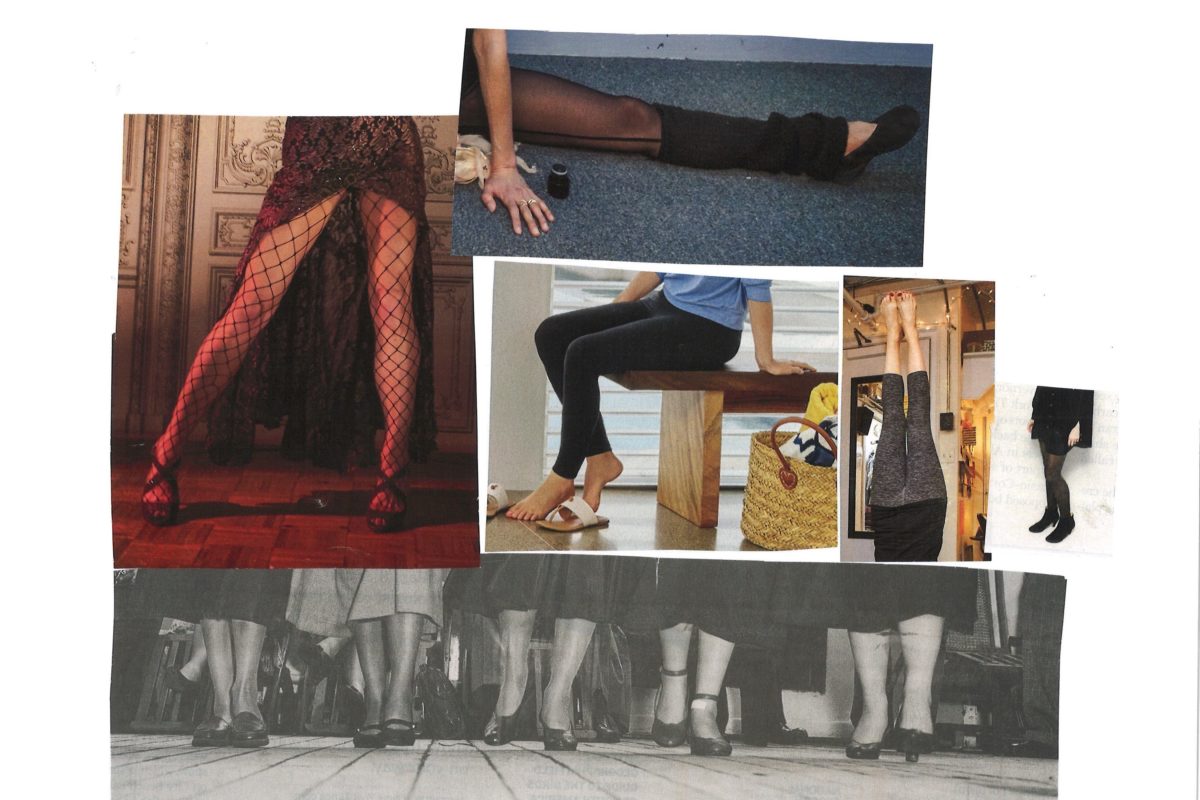What’s the Difference Between Denim and Chambray?
To understand the differences between denim and chambray, we first must ask the question: What, exactly, is a fabric? A fabric is a collection of fibres and/or yarns that, in the case of a “woven fabric,” are interlaced at 90-degree angles to each other. The fibres going up and down are called the “warp,” and the fibres that run in the opposite direction—at the right angle to the warp—are called the “weft.”
Got it? Let’s move on. Both denim and chambray are made from cotton fibres, and they both are typically blue. And where does that blue come from? In both fabrics, the yarns used in the warp—the up-and-down fibres—are dyed indigo, and the yarns used in the weft—the fibres in the opposite direction—are white.
Now, let’s explore their differences. In chambray, the fibres are woven in a simple criss-cross fashion, with the warp running vertical and the weft running horizontal. In this case, the dyed warp and the white weft are equally present, giving chambray a sometimes-lighter-than-denim hue. (Think of the top of a lattice pie—it’s the same weave as chambray.)

With denim, things get a little more complicated. Denim is woven in a twill fashion, which means that instead of the warp going over one thread in the weft (like in chambray), the warp goes over two threads. This creates a diagonal weave, as seen here:

This diagonal weave will usually result in a heavier material, though both denim and chambray can come in heavier and lighter styles.
Another way of telling the difference: you know how the outward-facing side of your jeans is darker than the inside-facing side of your jeans? That’s because the outward side is exposed to two times more of the dyed warp yarns, and the inside is exposed to two times more of the white weft yarns. With chambray, the inside and the outside will look pretty much the same.
If you liked this, subscribe to the What’s the Difference newsletter here!


